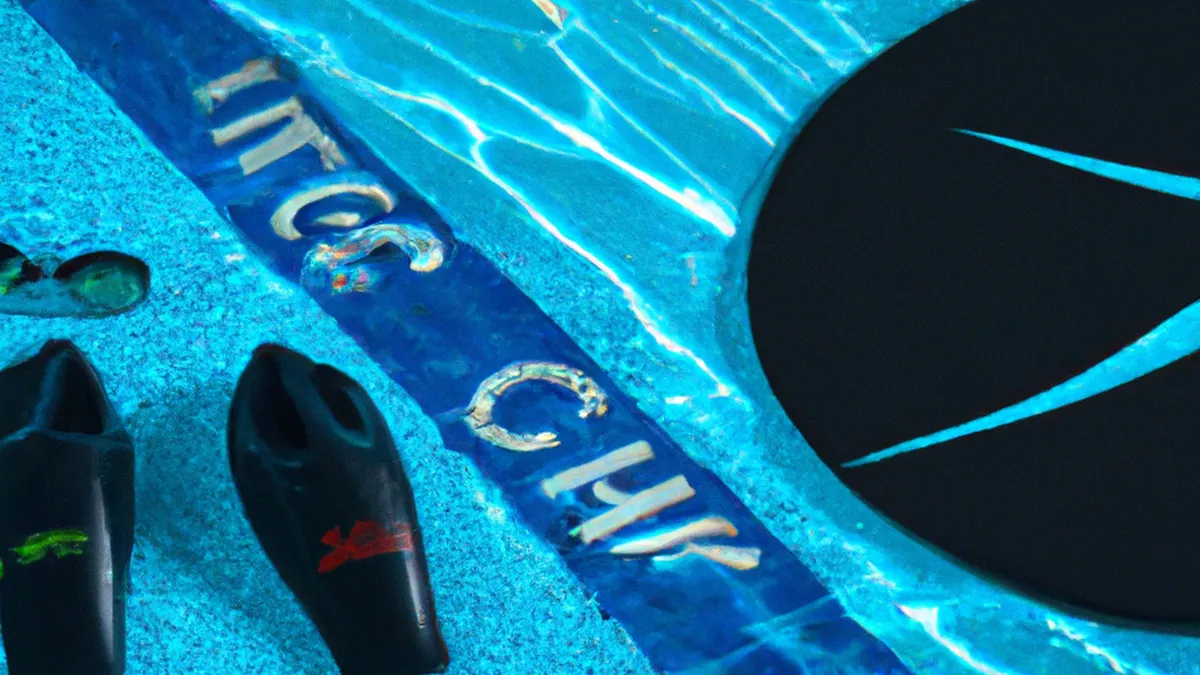Low-Impact Cardio: A Secret to Recovery
Active Recovery Techniques to Enhance Performance
Active recovery significantly aids athletes and fitness enthusiasts in recovering between intense workouts. By adding active recovery techniques to your routine, you enhance performance, lower injury risk, and boost mental and physical well-being. This blog post explores methods to optimize recovery and transform your fitness journey.
What is Active Recovery?
Active recovery consists of low-intensity exercises performed after strenuous workouts. Instead of complete rest, you engage in activities that enhance blood flow and muscle recovery. This approach differs from passive recovery, where you remain inactive. Many athletes feel rejuvenated and prepared for the next challenge through active recovery. It aids muscle repair, reduces soreness, and enhances overall performance.
Techniques for Effective Active Recovery
Here are some effective active recovery techniques to incorporate into your routine:
1. Light Aerobic Exercise
Light aerobic exercise is highly beneficial for recovery. Activities like walking, cycling, or swimming promote recovery while maintaining an elevated heart rate. Aim for 20-30 minutes of moderate intensity. This duration helps flush out lactic acid and metabolic waste from your muscles, leading to quicker recovery. Light aerobic activities maintain cardiovascular fitness without excessive strain.
2. Stretching and Mobility Work
Integrate stretching and mobility work into your routine for optimal recovery. Focus on dynamic stretches that enhance flexibility and range of motion. Spend 10-15 minutes on leg swings, arm circles, and hip openers to increase blood flow. Additionally, yoga serves as an excellent active recovery option. It boosts flexibility and calms the mind, making it a great complement to recovery days. Gentle yoga poses alleviate tension and promote relaxation, benefiting both physical and mental recovery.
3. Foam Rolling
Foam rolling offers a self-myofascial release technique that alleviates muscle tightness and improves circulation. Spend 10-15 minutes rolling out sore muscles post-workout. Concentrate on tight or painful areas like the quads, hamstrings, and back. This technique alleviates soreness and enhances muscle recovery by breaking down knots and improving blood flow. You can also use a massage ball for targeted pressure on specific trigger points, especially effective for smaller muscle groups.
4. Active Recreational Activities
Participating in enjoyable recreational activities serves as excellent active recovery. Whether hiking, dancing, playing casual basketball, or leisurely biking, these activities keep you moving without intense workouts. They break the routine while maintaining fitness levels and promoting overall well-being.
Conclusion
As an Amazon Associate I earn from qualifying purchases.
Gear tip: consider high density foam roller, compression socks, and percussive massager to support this topic.
Incorporating active recovery techniques enhances your fitness journey and overall performance. Embrace these methods for better recovery and improved health.
Below are related products based on this post:
FAQ
What is active recovery?
Active recovery consists of low-intensity exercises performed after strenuous workouts. It differs from passive recovery, as it involves engaging in activities that enhance blood flow and aid muscle recovery. Many athletes find that active recovery helps them feel rejuvenated and ready for their next challenge.
What are some effective active recovery techniques?
Effective active recovery techniques include light aerobic exercise, stretching and mobility work, foam rolling, and engaging in active recreational activities. Light aerobic exercises like walking or cycling promote recovery, while stretching enhances flexibility. Foam rolling alleviates muscle tightness, and recreational activities keep you moving in a fun way.
How long should I perform light aerobic exercises for recovery?
Aim for 20-30 minutes of moderate intensity during light aerobic exercises for optimal recovery. This duration is effective in flushing out lactic acid and metabolic waste from your muscles, leading to quicker recovery while maintaining cardiovascular fitness.















Post Comment